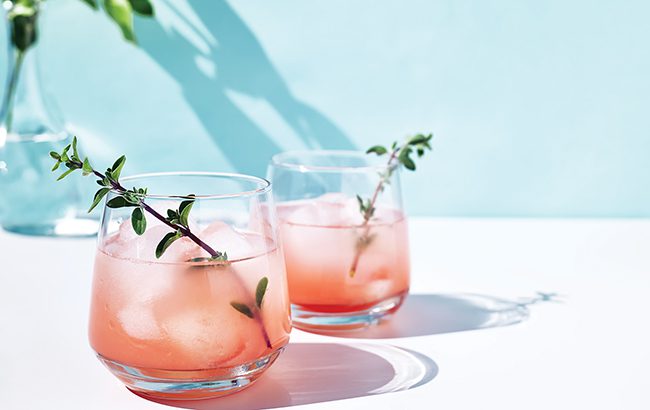World Spirits Report 2023: Low & no
The emergence of the low-and-no category in recent years has given drinkers a wealth of choice when it comes to alcohol-free options.

From non-alcoholic ‘gins’ from well-established brands such as Gordon’s to a flurry of startups that are offering an extensive zero-ABV ‘spirits’ portfolio, the category has boomed as retailers provide more dedicated shelf space to high-quality booze-free options.
A report by IWSR Drinks Market Analysis in December 2022 revealed that the value of the no- and low-alcohol category in 2022 surpassed US$11 billion in 10 key markets.
By 2026, the value of the no/low-alcohol category across 10 markets is expected to grow by more than a third, led mainly by alcohol-free products. Citing IWSR data, non-alcoholic ‘spirits’ brand Lyre’s says the alcohol-free ‘spirits’ category is growing rapidly and projected to exceed US$624 billion by 2031.
Sophie Brisbourne-Rhodes, global chief marketing officer of London brand CleanCo, said: “In the UK, total no-and-low sales are up by 19% so far this year [Nielsen off-trade data] and in the US sales are up by 31%, with the category now worth US$0.5bn in retail [NIQ data].
“These growth rates are far over full-strength alcohol and total grocery, showing that this is a category consumers have decided to prioritise even when they might be cutting back elsewhere.”
Ben Branson, founder of category pioneer Seedlip, and new alcohol-free cocktail bitters brand Seasn, says: “I believe over 1,000 new no-and-low brands have launched globally since 2020, which is remarkable, and it’s non-alc that is driving the growth as people lower their alcohol consumption.”
Lyre’s believes growth in the convenience channel will be key to support trial, such as the adoption of cans, soft packs and other single-serve packaging formats. However, Seedlip’s Branson warns it’s “still early days, and important to remember this category is still less than 10 years old”, with “too many poor-quality copycats” jumping on the bandwagon. He highlights several growth opportunities for the category: “High-quality stable liquids, strong commercials, smaller portfolios and product ranges, less attempted alcohol imitation and more focus on driving frequency with clear communications.”
Lyre’s is also looking to other channels to drive growth, including gyms, stadiums, airlines, cruise lines, and travel retail.
Brisbourne-Rhodes adds: “We think 2024 will be the breakthrough year for the category as a whole, with the Tequila sub-segment likely to drive the growth, given Tequila’s continued growth and premiumisation in the full-strength space.”
Click here to read our World Spirits Report for the RTD category.
Alcohol-free brands to watch in 2024
Lyre’s
With its portfolio of 18 alcohol-free ‘spirits’, Lyre’s recently raised US$18 million to boost its presence in markets such as Australia, North America, Europe, and the Middle East, and help it meet global production and inventory demands. With a new CEO at its helm, and DJ David Guetta as a partner, 2024 could see the brand scale new heights.
AF Drinks
This year the New Zealand-based ready-to-drink (RTD) brand gained minority investment from Pernod Ricard to fund its US expansion. With IWSR estimating that non-alcoholic RTD products in the market could rise by 18% in volume between 2022 and 2026, AF Drinks could capture a major audience in the US.
Fluère
The Dutch zero-ABV brand joined the Nolet family (behind Ketel One Vodka) portfolio as part of a €269.5m deal to buy Lucas Bols this year. The Dutch company plans to expand its no-and-low cocktail offering, which could see additional resources ploughed into Fluère.
Related news
Inside the ‘spiritual home’ of Scotch
